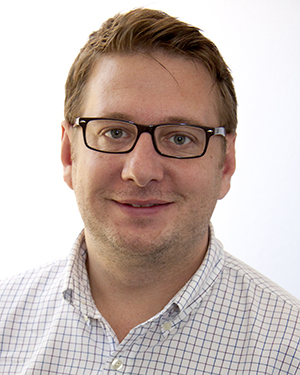Posted 1:49 p.m. Wednesday, Sept. 18, 2013

A report by a UW-L faculty member highlights the pros and cons of tax increment financing districts in the Greater La Crosse area.
 John Kovari, a UW-L professor of political science and public administration.[/caption]
A report published by a UW-La Crosse faculty member shows how some tax incremental finance (TIF) districts have dramatically increased property values in the Greater La Crosse area, while a few others have not been as successful.
“The goal of the report is to highlight the latest TIF trends in the La Crosse area, as well as highlight the potential benefits and risks associated with tax incremental financing,” says UW-L Political Science Professor John Kovari, primary author of the report.
Karl Green, co-author and Community Natural Resource and Economic Development educator with UW-Extension, says, “Our hope is that the report can be used as an educational tool for public officials and the general public when considering whether to use TIF for future development.”
Tax increment financing is a way that local governments offer financial support for real estate projects in their communities through use of future property taxes that grow from the project. When used well, TIF can stimulate robust economic growth in local communities, according to the report. However, TIF also carries financial risks and can sometimes strain local budgets.
The 12-page report “The Two Sides of TIF: An Analysis of Tax Incremental Financing in the Greater La Crosse Region,” has several primary findings:
John Kovari, a UW-L professor of political science and public administration.[/caption]
A report published by a UW-La Crosse faculty member shows how some tax incremental finance (TIF) districts have dramatically increased property values in the Greater La Crosse area, while a few others have not been as successful.
“The goal of the report is to highlight the latest TIF trends in the La Crosse area, as well as highlight the potential benefits and risks associated with tax incremental financing,” says UW-L Political Science Professor John Kovari, primary author of the report.
Karl Green, co-author and Community Natural Resource and Economic Development educator with UW-Extension, says, “Our hope is that the report can be used as an educational tool for public officials and the general public when considering whether to use TIF for future development.”
Tax increment financing is a way that local governments offer financial support for real estate projects in their communities through use of future property taxes that grow from the project. When used well, TIF can stimulate robust economic growth in local communities, according to the report. However, TIF also carries financial risks and can sometimes strain local budgets.
The 12-page report “The Two Sides of TIF: An Analysis of Tax Incremental Financing in the Greater La Crosse Region,” has several primary findings:
- TIF use in the state has grown by 41 percent since 2000, and the City of La Crosse’s rate of TIF use increased from five percent in 2000 to eight percent in 2012.
- Some TIFs have proven to dramatically increase property values. For example, properties along Front and King Streets in La Crosse increased from $895,000 in 1992 to $8.5 million in 2012 through the use of TIF.
- Several TIF districts have been hurt by the Great Recession. When property values sink, local governments can experience fiscal strain attempting to repay debt from TIF investments. For example, Onalaska established a district in 2010 with a base value of $17 million that has lost $1.1 million in value.
- Few TIF districts strictly adhere to Wisconsin TIF statutes’ “but for” and “blight” standards. The “but for” test means that development would not be able to happen without TIF assistance, and “blight” is often loosely defined.
